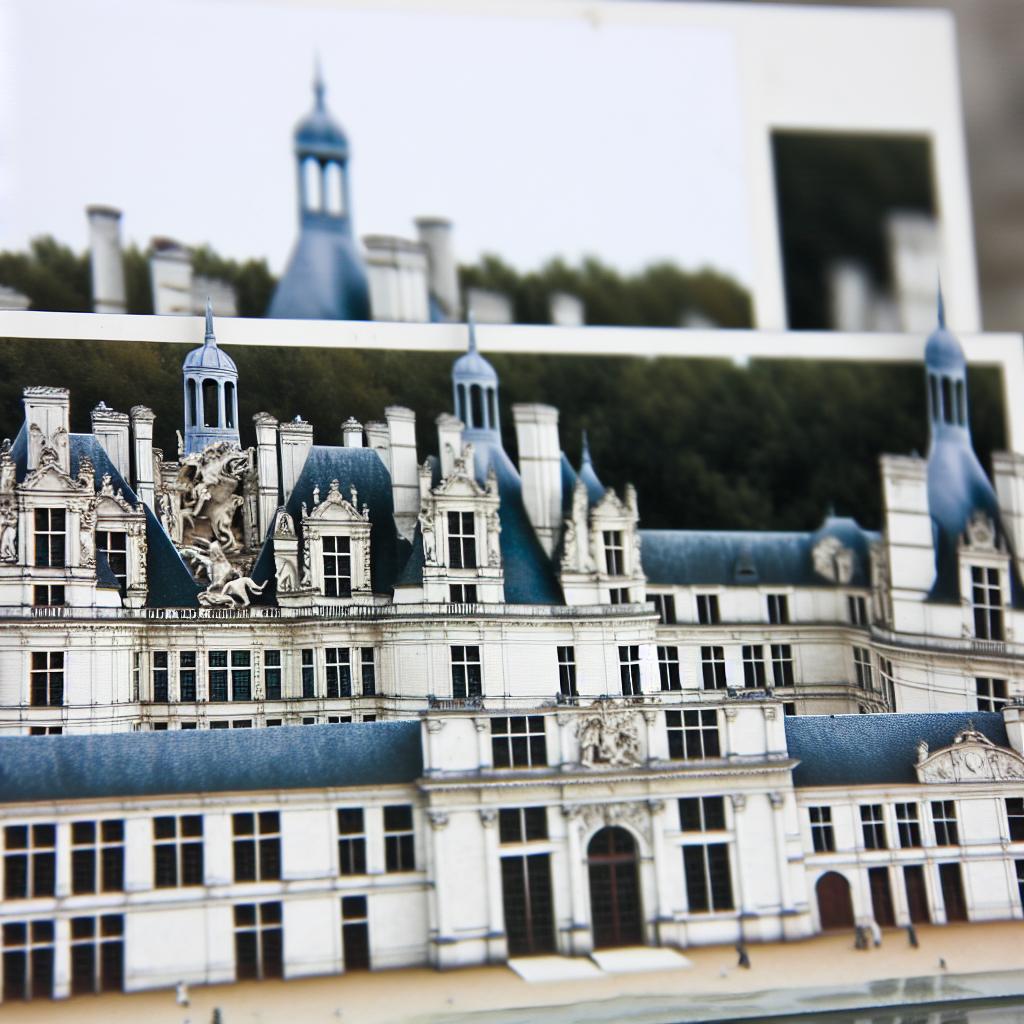Contents
The Architectural Grandeur of the Château de Chambord
The Château de Chambord is often heralded as a masterpiece of Renaissance architecture. Located in the Loire Valley, France, it is an exemplary representation of the fusion between traditional French medieval forms and classical Renaissance structures. This unique blend of architectural styles makes the Château de Chambord not only an iconic landmark but also an extraordinary case study in architectural innovation and historical narrative.
Historical Context
Commissioned by King Francis I of France in 1519, the château was intended to serve as a hunting lodge. It stands today as a testimony to the king’s ambitions and his keen interest in art and architecture. Although it was never fully completed, the existing structure remains one of the most identifiable châteaus in the world. King Francis I, throughout his reign, sought to establish his legacy through grand architectural projects, and the Château de Chambord is among the most significant accomplishments of his era.
Design and Inspiration
The design of the Château de Chambord is often attributed to several architects, including Domenico da Cortona and even Leonardo da Vinci, who was then living at Clos Lucé near Amboise. While the exact contribution of each architect remains debated, the influence of da Vinci’s sketches on its double helix staircase design is well acknowledged. The staircase not only serves a functional purpose but also symbolizes the innovative spirit of the Renaissance, where science and art melded seamlessly.
Architectural Features
One of the most striking aspects of the Château de Chambord is its remarkable roofscape, which includes numerous spires, chimneys, and dormer windows. The sheer complexity of the roof is often compared to a small city skyline. This intricate design creates an imposing silhouette against the sky, giving the château a majestic and timeless allure.
The château features a unique blend of defensive elements, such as a moat and fortified walls, with opulent details more typical of a Renaissance palace. These defensive features reflect the transitional period during which the château was constructed—an era where medieval fortifications gradually gave way to more peaceful architectural aspects suited to courtly life. The central block of the château forms a cross shape, centering around the grand double helix staircase, which would enable guests to ascend or descend without encountering those traveling in the opposite direction. This feature reflects a deep appreciation of private space and movement, emphasizing both utility and sophistication.
Interior Layout and Decoration
Inside, the Château de Chambord is just as impressive as its external appearance. Although originally constructed with a very open-plan concept to accommodate the ambiance and floor plan of a hunting lodge, the château has since seen the addition of more private apartments and decorated rooms. Visitors can explore some 440 rooms, 282 fireplaces, and 84 staircases. Such an expansive layout was designed to host an array of court functions and royal gatherings, underlining the château’s role not just as a residence but as a center of political and social life.
Each room and corridor exhibits meticulous design, featuring vaulted ceilings, intricate carvings, and expansive windows with panoramic views of the surrounding park. These design elements were not purely decorative; they followed the Renaissance philosophy that architecture should harmonize with its natural surroundings. The interior has also been influenced by numerous subsequent renovations, reflecting a variety of tastes and styles over the centuries. From the intricate stonework to the detailed paneling, each element tells a story of evolving aesthetic preferences and cultural influences that have impacted the château over time.
The Surrounding Estate
The château is set within a large tract of forested land, originally established as a hunting park. This area, now a national reserve, holds a wide array of wildlife and offers a glimpse into the château’s initial role as a hunting lodge. The vastness of the forest, combined with its rich biodiversity, adds to the château’s allure, making it not only a historical monument but also a significant ecological site.
For further exploration about the current events and visitor information, consider visiting the official site of Château de Chambord. This website provides insights into contemporary conservation efforts, events, and exhibitions that continue to bring the château’s rich history to life for modern audiences.
In summary, the Château de Chambord stands as an enduring testament to the ambitious architectural vision of the early 16th century. Through its intricate design and historical significance, it remains a vital study for enthusiasts of both Renaissance architecture and French history. The château continues to captivate visitors worldwide, offering a window into the opulent world of the French monarchy and the profound cultural transformations of the Renaissance period. Even at first glance, its breathtaking composition leaves an indelible impression, showcasing the timeless nature of extraordinary human creativity and ambition.

